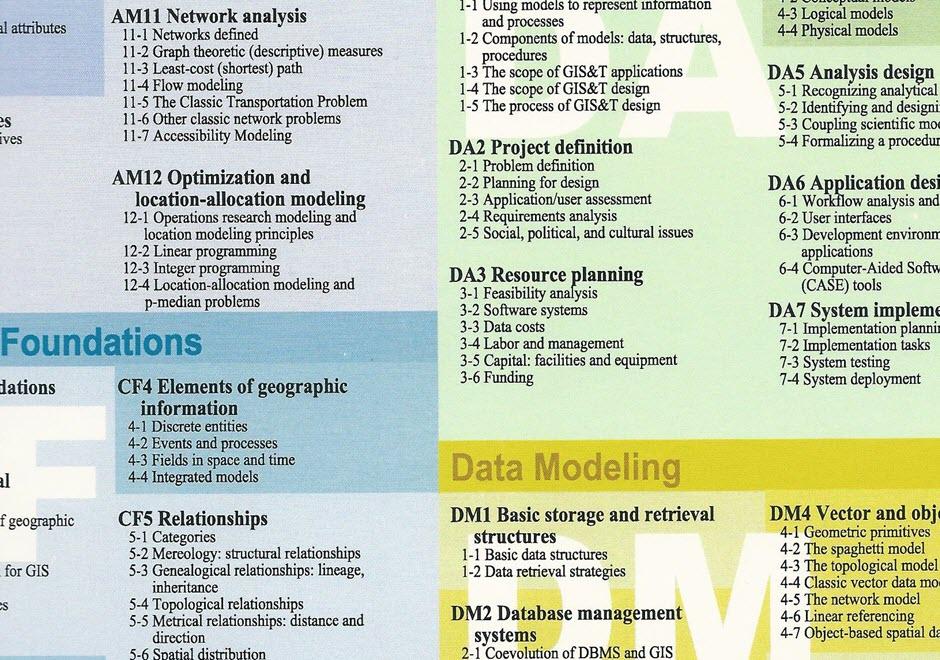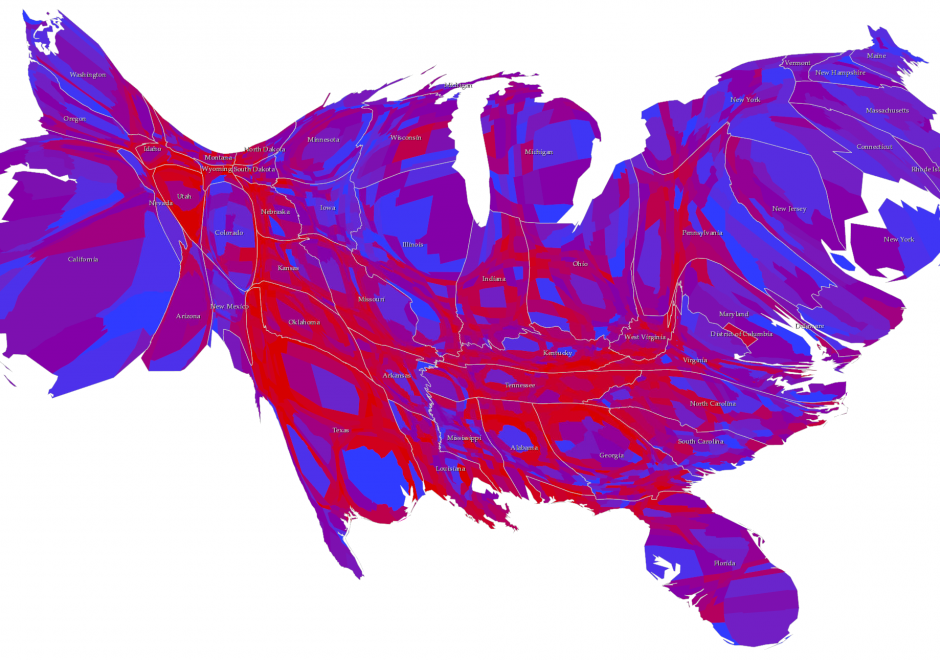CV-12 - Bivariate and Multivariate Maps

- Differentiate the interpretation of a series of three maps and a single multivariate map, each representing the same three related variables
- Design a single map symbol that can be used to symbolize a set of related variables
- Create a map that displays related variables using different mapping methods (e.g., choropleth
- and proportional symbol, choropleth and cartogram) Create a map that displays related variables using the same mapping method (e.g., bivariate choropleth map, bivariate dot map)
- Design a map series to show the change in a geographic pattern over time
- Detect a multivariate outlier using a combination of maps and graphs
- Explain the relationship among several variables in a parallel coordinate plot





CV-14 - Terrain Representation